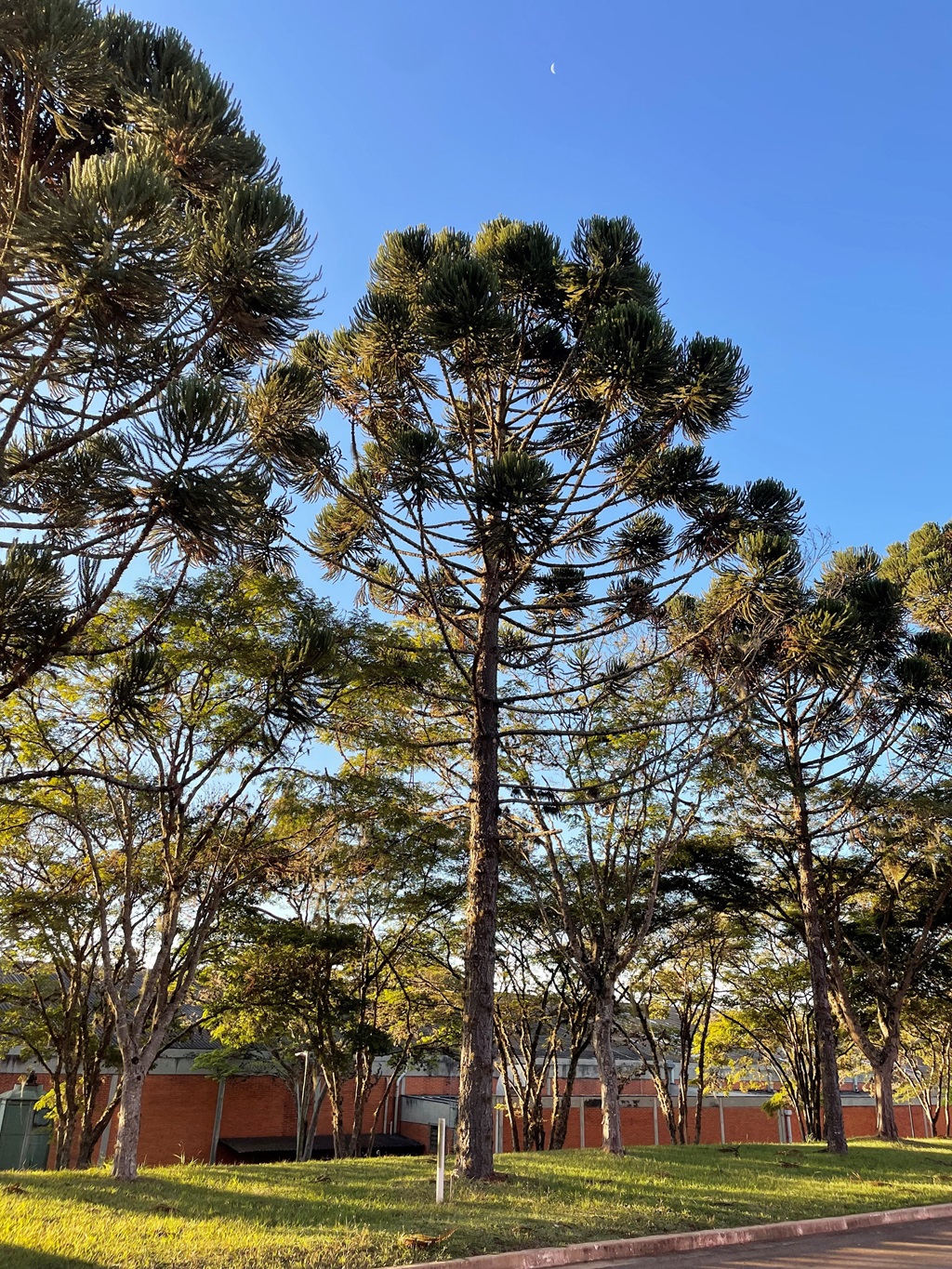Basic Concept
The Nisshinbo Group's Business Conduct Guidelines include Awareness and Concern towards its environmental impact. The Group will deepen its awareness of biodiversity protection, promote biodiversity conservation activities, and faithfully realizes a safe and secure society for all people.
【Main measures】
- ① Participation in biodiversity conservation activities (satochi-satoyama conservation, forest conservation, marine conservation, etc.) conducted in protected areas
- ② Protection and conservation activities for threatened species
- ③ Activities in collaboration with local communities, local governments, NPOs and NGOs, universities, local companies, supply chains, and other organizations
- ④ Environmental beautification activities around the business sites
Please refer to "Promotion System" in "Environmental Management" for the promotion system.
Specific Initiatives of The Nisshinbo Group
Assessment of the 5th Three-Year Environmental Targets
The Nisshinbo Group established the 5th Three-Year Environmental Goals (5th Sustainability Promotion Plan) with the fiscal year ending FY2024 as the target year, setting the promotion of environmental management as a priority activity and establishing the following KPIs to promote the reinforcement of the maintenance of biodiversity.
Activities inside and outside Japan at more than 5 new sites
In strengthening the biodiversity conservation activities, Nisshinbo launched nine new biodiversity conservation activities in Japan and overseas, including activities to protect and nurture endangered species, activities to eradicate alien species with the aim of protecting rare organisms, and activities to conserve natural habitats, thereby achieving the target.
Assessment of the 6th Three-Year Environmental Targets
In the 6th Three-Year Environmental Targets (6th Sustainability Promotion Plan) with FY2027 as the target year, we reviewed the content based on the initiatives of the 5th term as milestones for achieving the medium-term environmental targets.
Reinforcement of the maintenance of biodiversity: Activities that contribute to achieving the goals of the Kunming-Montreal global biodiversity framework, more than 5 new activities
Please refer to "Environmental Management" for details regarding of the "3-Year Environmental Targets."
Please refer to "Sustainability Promotion Plan and KPIs" for details regarding of the "Sustainability Promotion Plan."
Outline of TNFD Response
The Nisshinbo Group believes that it is important to capture business opportunities and respond appropriately to the potential risks arising from nature-related issues. Therefore, starting in FY2024, the Nisshinbo Group will conduct risk assessments in accordance with the recommendations of the Task Force on Nature-related Financial Disclosures (TNFD).
Through risk assessments based on the TNFD, the Group will identify the potential risks and opportunities posed by nature-related issues for the Group in the future and use this information in the formulation of business strategies to develop more flexible and robust strategies and enhance resilience to future risks.
The Nisshinbo Group identified its dependencies on and impacts of key nature-related issues, as well as associated risks, and then conducted an analysis in the following steps for six businesses—Wireless and Communications, Automobile Brakes, Chemicals, Micro Devices, Precision Instruments, and Textiles—starting in FY2024.
As the first step in assessing natural risks, the Nisshinbo Group evaluated the dependence on and impact of the business on nature using the nature risk assessment tool ENCORE*. Next, the Nisshinbo Group selected the raw materials to be analyzed and conducted a risk survey and assessment of the entire value chain related to the business. Based on the results of this assessment, the Nisshinbo Group identified key issues related to natural risks. Nisshinbo analyzed areas surrounding its manufacturing sites and upstream in the corporate value chain where there are potential risks related to the identified key issues.
* ENCORE: A tool developed by the international financial industry association NCFA and the United Nations Environment Programme World Conservation Monitoring Centre (UNEP-WCSC) to enable the results of the various existing tools related to nature-related risks to be evaluated collectively.
Please refer to "Information Disclosure Based on TNFD Recommendations" for details regarding of the "Evaluation results of nature-related risks."
CDP Forest 2024 Assessment
Nisshinbo Holdings Inc. discloses environmental information through the CDP. In 2024, Nisshinbo Holdings Inc. responded to the Forest Questionnaire and received a C rating (Recognition Level). The Group will continue to actively address biodiversity conservation measures and strengthen transparency and information disclosure in its environmental activities.
The CDP evaluates companies annually using a fair method based on such factors as disclosure comprehensiveness, recognition and management of environmental risks, and goal setting by assigning scores on an eight-point scale (A, A-, B, B-, C, C-, D, D-).
The CDP is an international environmental nonprofit organization established in the UK in 2000. It collaborates with more than 700 financial institutions with assets exceeding US$142 trillion and operates a global environmental information disclosure system. Specifically, in response to requests from investors, companies, governments, and other entities around the world, the CDP sends questionnaires on environmental issues to companies, provides an information disclosure platform, and scores and analyzes the responses.
In 2024, more than 24,800 companies, which account for over 66% of global market capitalization, disclosed data through the CDP, including more than 2,100 companies in Japan, comprising over 70% of prime-listed companies. CDP scores are widely used in investment and procurement decisions through the CDP's website and reports to achieve net zero and a sustainable and resilient economy.

Endorsement of the "Keidanren Declaration on Biodiversity and Action Guidelines"
The Nisshinbo Group supports the Keidanren Declaration for Biodiversity and Guideline and participates in the Keidanren Initiative for Biodiversity Conservation. As of November 30, 2024, 356 companies and organizations participated in this initiative, and the Nisshinbo Group is also featured. Keidanren outlined a concrete plan of action to achieve nature positivity (nature conservation and restoration) by 2030 and aim for a society that coexists with nature. Through this plan, Keidanren aims to promote biodiversity conservation activities and contribute to the achievement of the Kunming-Montreal Global Biodiversity Framework* and the SDGs.
* Kunming-Montreal Global Biodiversity Framework: An international framework that aims to achieve a world in harmony with nature by 2050 and to halt and reverse biodiversity loss by 2030.
Please refer to the URL below for details of the Keidanren Initiative for Biodiversity Conservation.
https://www.keidanren-biodiversity.jp/logo_en.php
![]()
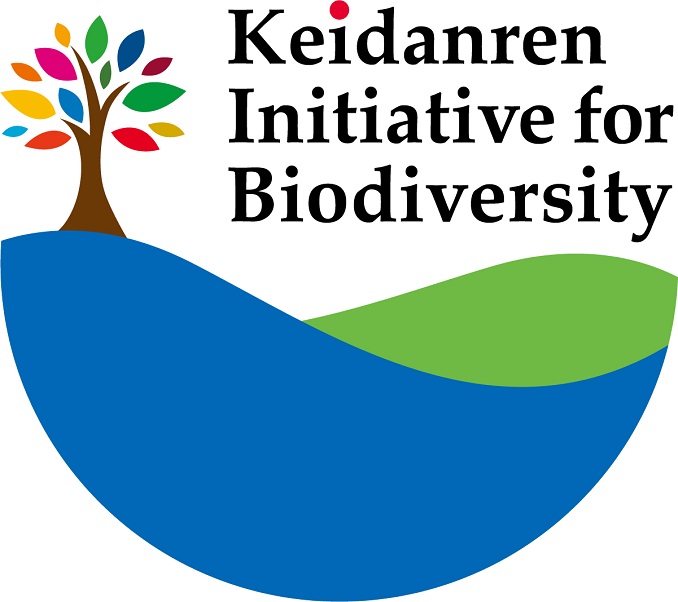
Endorsement of the "Participating in the Japan Business and Biodiversity Partnership"
Nisshinbo Holdings Inc. participates in the Japan Business and Biodiversity Partnership, a group that engages in activities to conserve biodiversity. The Partnership is composed of economic organizations, businesses, NGOs, and local governments.
Nisshinbo launched biodiversity conservation activities in FY2015, and as of the end of FY2024, the Group conducted 13 cases of biodiversity conservation activities in Japan, and 5 cases overseas.
Please refer to the following URL for the Action Guidelines for the Japan Business and Biodiversity Partnership.
https://www.env.go.jp/press/files/jp/15694.pdf
![]()

Activities to Conserve Biodiversity
The Nisshinbo Group started biodiversity conservation activities in FY2015 and expanded the scope of activities by participating in biodiversity conservation activities (activities of satochi-satoyama conservation, forest conservation, and marine conservation) conducted in protected areas by protecting threatened species and conducting conservation activities in collaboration with regional and local governments, NGOs and NPOs, universities, local companies, and supply chain entities. As of the end of FY2024, activities were underway in 13 projects in Japan and 5 in other countries.
13 activities in Japan
| Company, Business Site | Related Kunming-Montreal Biodiversity Framework Targets Details of Preservation Wildlife Being Protected |
||||||||
|---|---|---|---|---|---|---|---|---|---|
| Japan Radio Co., Ltd. |
 |
||||||||
| Nagano Japan Radio Co., Ltd. Head Office & Factory |
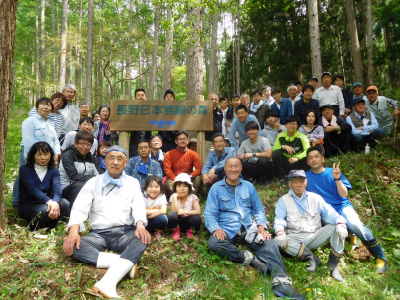 |
||||||||
| Ueda Japan Radio Co., Ltd. |
* SGEC: Sustainable Green Ecosystem Council. The Sustainable Green Ecosystem Council is a general incorporated association that manages and operates a forest certification system to realize sustainable forest management in Japan. 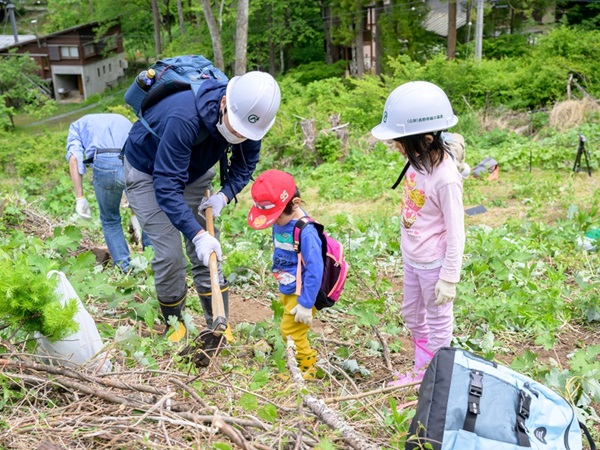 |
||||||||
|
Nisshinbo Micro Device Inc. Head Office and Kawagoe Works Japan Radio Glass Co., Ltd. Head Office Plant |
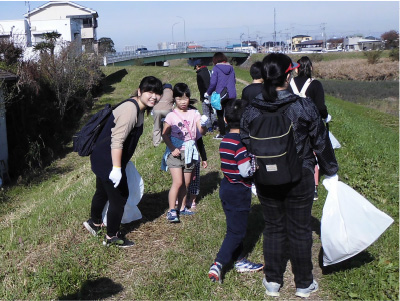 |
||||||||
| Nisshinbo Micro Devices AT Co., Ltd. |
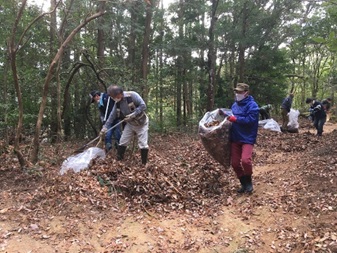 |
||||||||
|
Nisshinbo Brake Inc. Tatebayashi Plant |
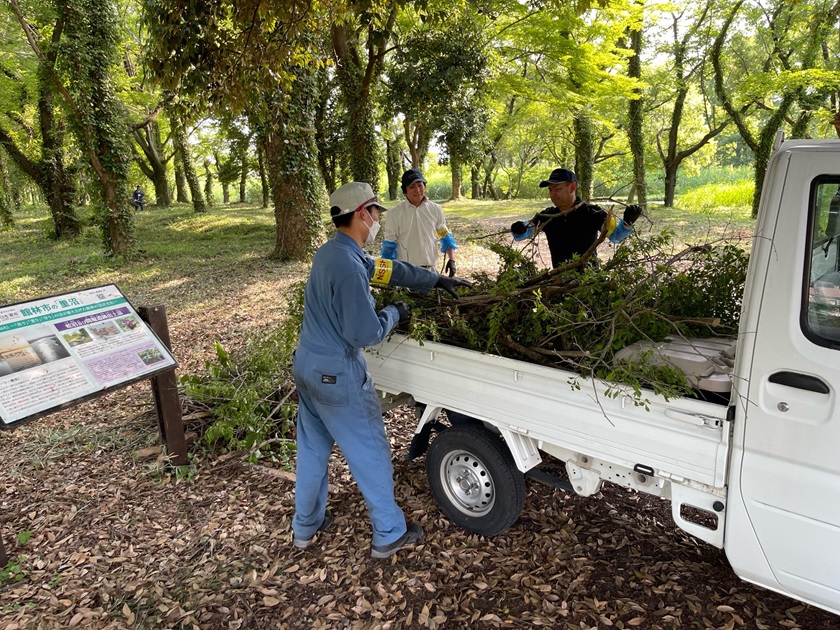 |
||||||||
|
Nisshinbo Brake Inc. Tatebayashi Plant |
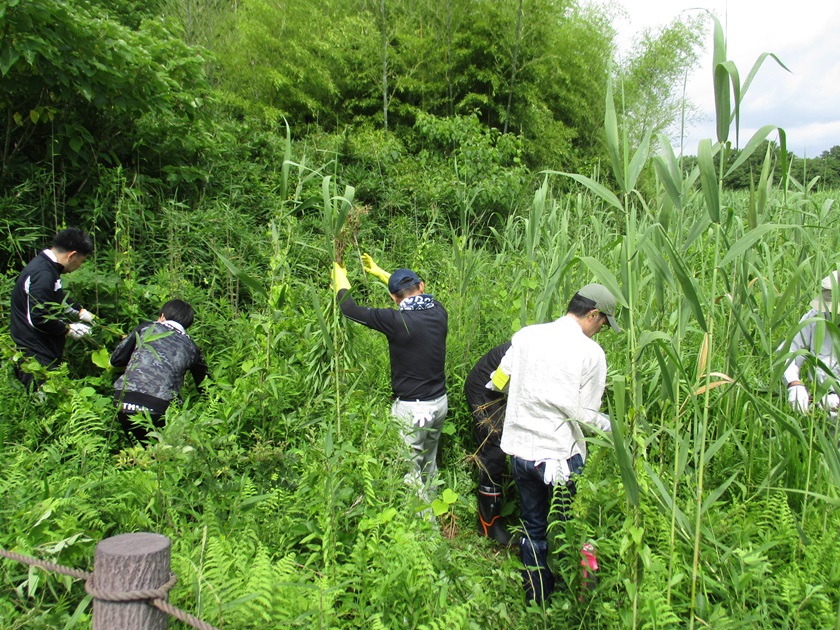 |
||||||||
| Nisshinbo Mechatronics Inc. Miai Machinery Plant NJ Components Co., Ltd. Okazaki Plant |
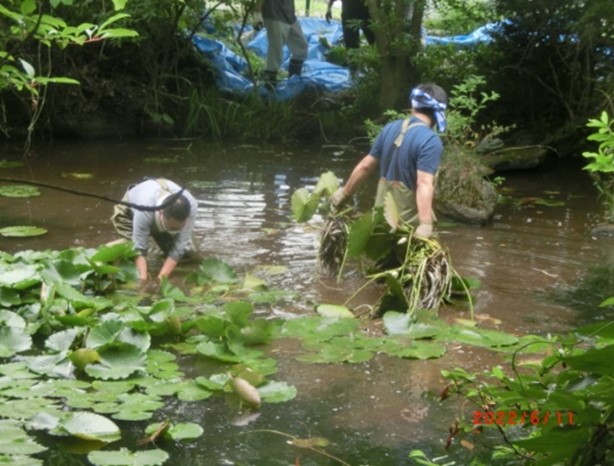 |
||||||||
| Nisshinbo Precision Instrument & Machinery Hiroshima Corp. |
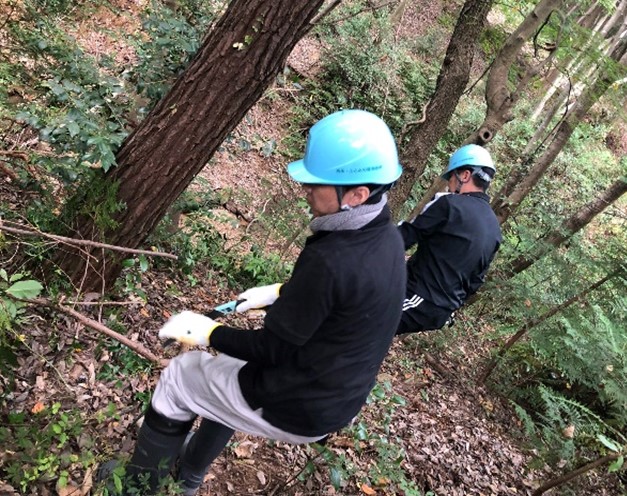 |
||||||||
| Nisshinbo Holdings Inc. R&D Center Nisshinbo Chemical Inc. Toke Development Center |
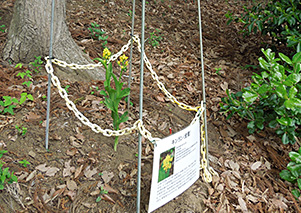 |
||||||||
| Nisshinbo Holdings Inc. R&D Center Nisshinbo Chemical Inc. Toke Development Center Nisshinbo Chemical Inc. Asahi Plant |
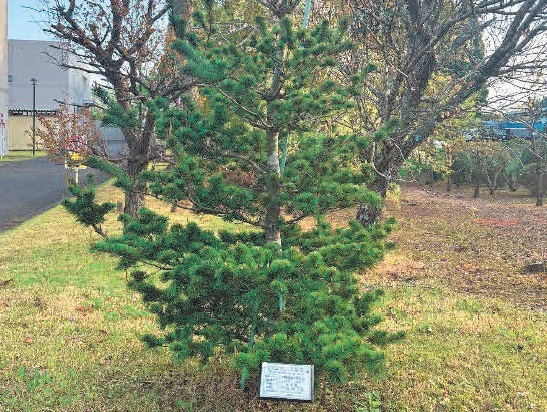 |
||||||||
| Nisshinbo Textile Inc. Fujieda Plant |
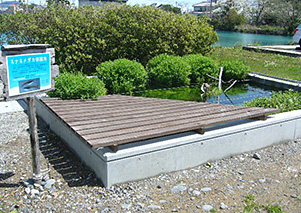 |
||||||||
| Nisshinbo Textile Inc., and Nisshinbo Holdings Inc., and Nisshinbo Chemical Inc. Tokushima Plant Nisshinbo Textile Inc. Yoshinogawa Plant |
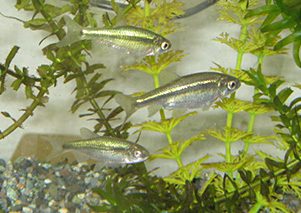 |
5 Overseas Activities
| Company, Business Site | Related Kunming-Montreal Biodiversity Framework Targets Details of Preservation Wildlife Being Protected |
||||||||||
|---|---|---|---|---|---|---|---|---|---|---|---|
| Nisshinbo Micro Devices (Thailand) Co., Ltd. (Thailand) |
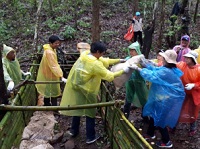 |
||||||||||
| Nisshinbo Somboon Automotive Co., Ltd.(Thailand) |
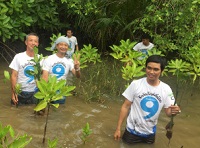 |
||||||||||
| Nisshinbo Saeron (Changshu) Automotive Co., Ltd. (China) |
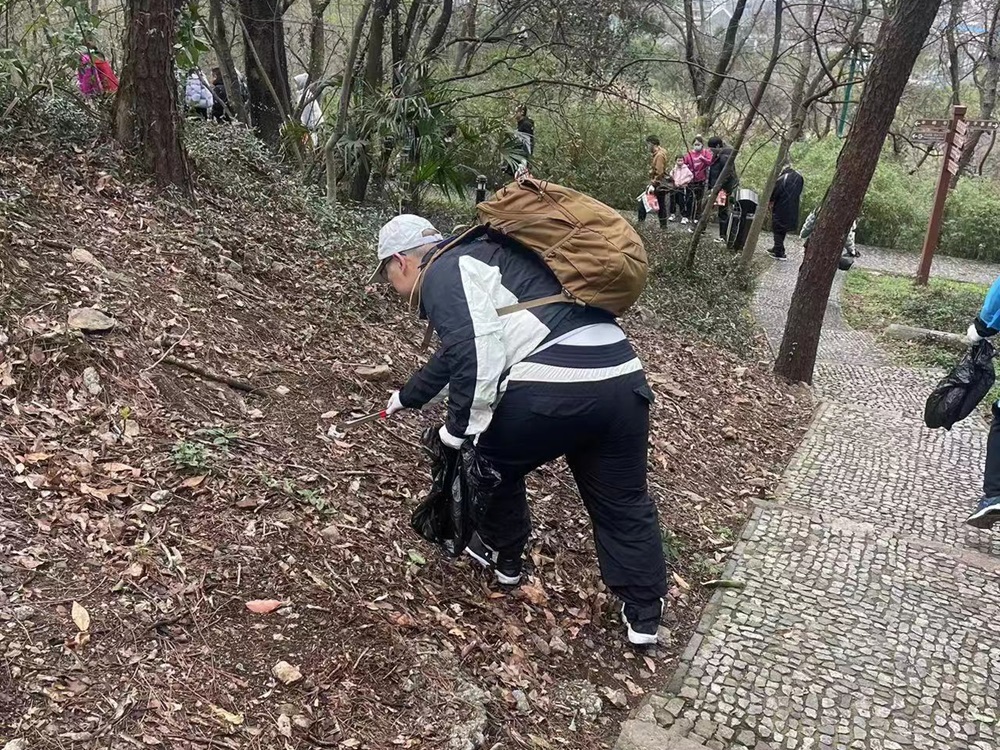 |
||||||||||
| Nisshinbo Saeron (Changshu) Automotive Co., Ltd. (China) |
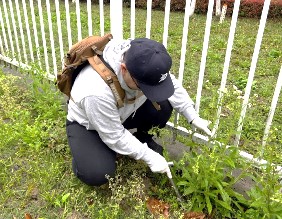 |
||||||||||
| PT. Nikawa Textile Industry (Indonesia) |
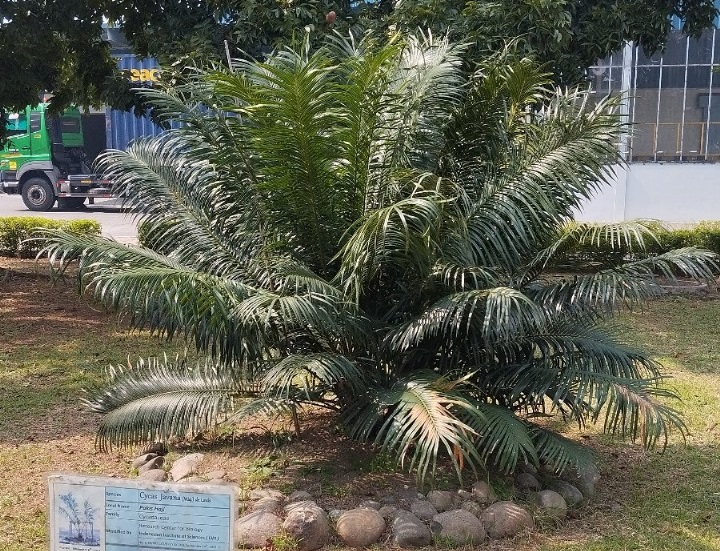 |
||||||||||
| Nisshinbo Do Brasil Industria Textil LTDA. (Brasil) |
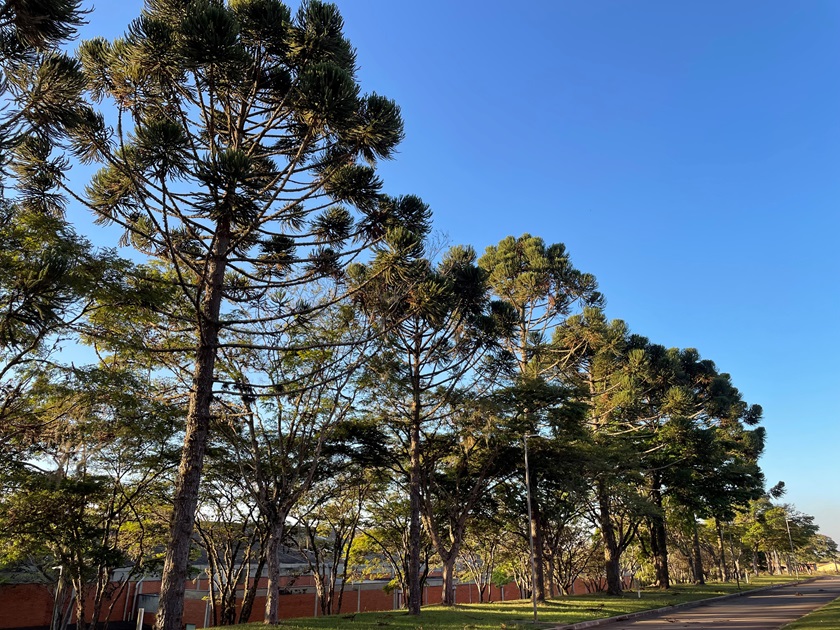 |
Specific Activities of the Group Companies
Participation in Yamagata Prefecture's Hometown River Protection Project
Yamagata Prefecture launched the Yamagata Prefecture Hometown River Protection Project in FY2015, which aims to improve the river environment through collaborative river maintenance activities between the government, residents, and businesses.
Japan Radio Co., Ltd. has been extensively developing river-related businesses, such as river information systems and dam control systems in Yamagata Prefecture. With its long-standing ties to the region, the company will participate in this activity from FY2024.
In October 2024, Japan Radio Co., Ltd. participated in a litter cleanup activity along an 800-meter stretch of the Uchikawa River in Tsuruoka City, Yamagata Prefecture (from the area near Tenchi Bridge to the area near Sakamoto Bridge), and worked to beautify the river.
Since this was the first activity of its kind, some employees commented that it was very difficult, but there were also many positive comments, such as "I'm glad we did it." Currently, this is a small-scale activity held once a year with 10 participants, but in the future, the company plans to increase the number of participants and the frequency of the activity to further expand its efforts to contribute to the community and preserve biodiversity through river beautification.
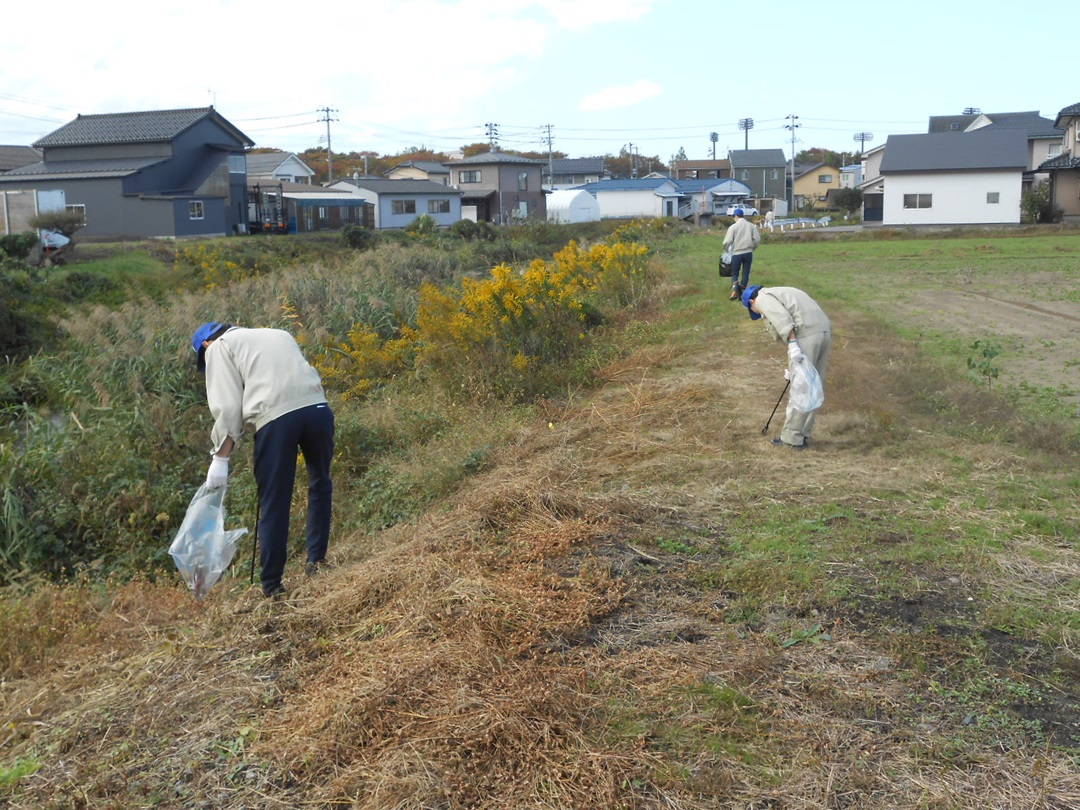
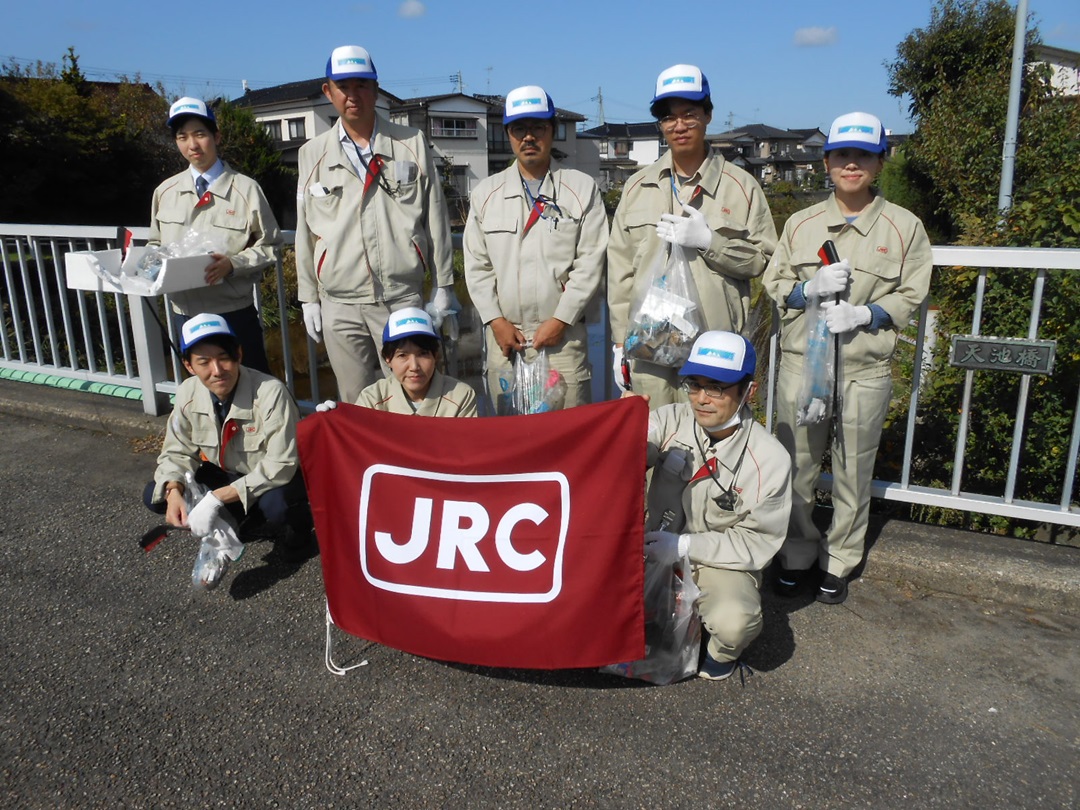
Eradication of Invasive Alien Species, Burr Cucumber
Ueda Japan Radio Co., Ltd. is conducting weed control activities aimed at eradicating the invasive alien species burr cucumber, which inhabits the green area below the cliff at its headquarters factory. This marks the 11th year of the activity, and weed control is carried out twice a year: in June before the reproductive period of the burr cucumber and in early September before the seeds fall. The weed control area is approximately 1,800 square meters.
In June, the burr cucumber and other weeds are soft and easy to cut, but there is a lot of grass, so it takes time. In September, burr cucumber vines and other weeds dry out and become hard, which makes them difficult to cut, but the employees of the company are working hard while prioritizing safety.
The burr cucumber, a designated invasive alien species, is considered a noxious weed even in its native habitat. Because of its prolific reproductive capacity, it disrupts ecosystems and adversely affects native flora and fauna.
SDG Goal 15, "Life on land," sets targets for preventing the proliferation of invasive species and reducing their impact on ecosystems. To continue managing the cliff-side green space in a sustainable manner, the company will continue to carry out ongoing eradication activities that target specific invasive species.

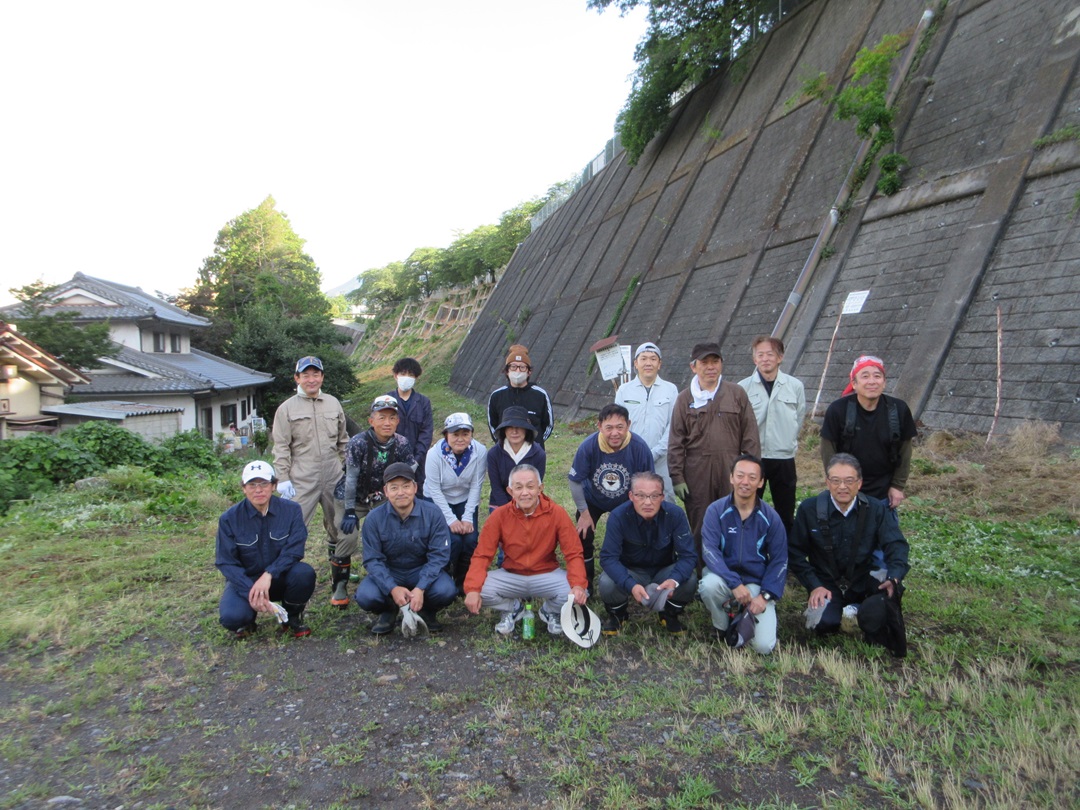
Protection of The Rare Plant Species Red Heart Lily
The Tokyo office of KOKUSAI DENKI Electric Inc. installed protective fencing and signage in August 2024 to protect the red heart lily, a rare plant species, growing on its premises.
The red heart lily is designated as Endangered II on the Tokyo metropolitan government's Red List, and its survival is threatened by the loss of its natural habitat due to urban development and the deterioration of forests.
A plant of the Amaryllidaceae family, the red heart lily produces leaves similar to those of the Narcissus in spring, then sheds its leaves, and in August extends flower stalks 30–50 cm in length and blooms. The plant grows in clusters on plateaus, hillsides, lower slopes of mountains, and within forests.
The red heart lily at the Tokyo office blooms with bright orange flowers around early August every year, and the company will continue to monitor its growth and carry out conservation activities.
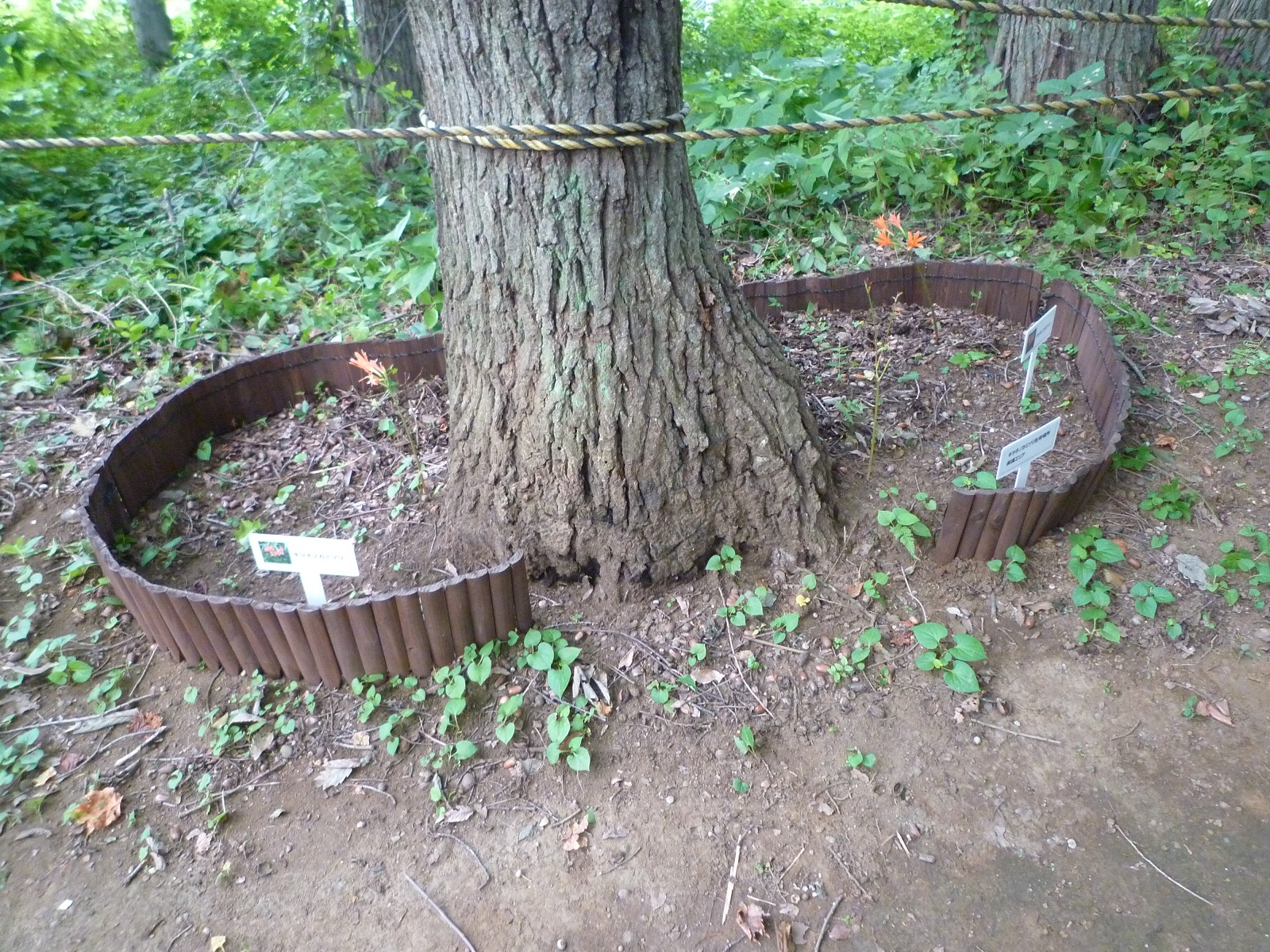
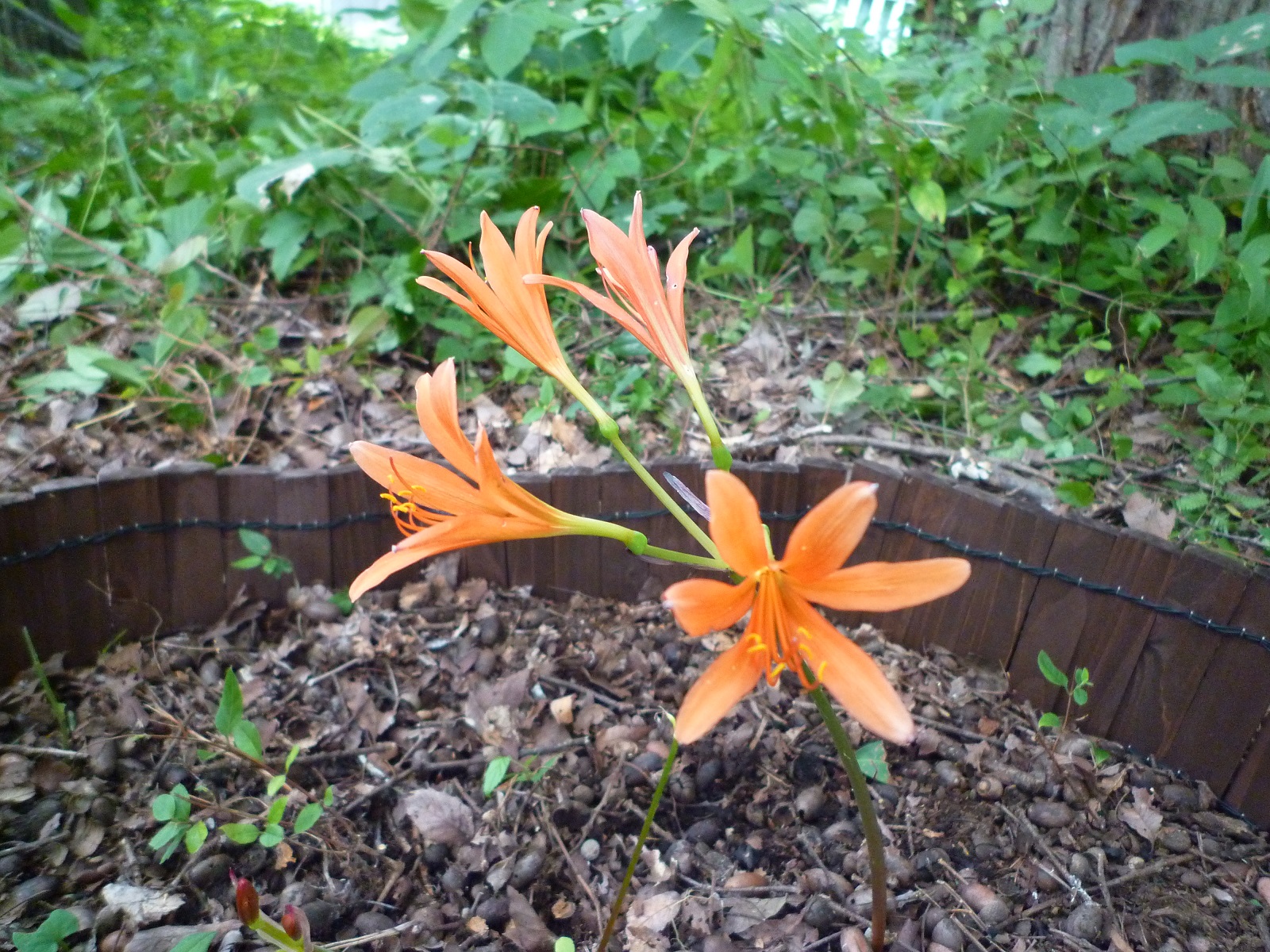
Participation in Tree Planting Volunteer Activities
As part of the social contribution and ecosystem conservation activities of GOYO ELECTRONICS CO., LTD., four employees participated in a tree-planting volunteer program organized by an NPO in October 2024.
This volunteer activity took place in Ootakehira, Happo Town, located within the Shirakami-Sanchi World Natural Heritage Site. Under clear skies, approximately 100 participants from companies, organizations, and universities both within and outside the prefecture gathered to plant 285 beech saplings. Guided by the motto "Shirakami, Mountain Forest, Sea Forest: Creating Two Forests," they worked together to create a high-quality environment for future generations by each planting saplings with their own hopes and aspirations.
On the day of the event, the participants took a hybrid train to the site and enjoyed the rich natural environment of Akita Prefecture while participating in volunteer activities that promoted ecosystem conservation. After the tree planting, they relaxed at a nearby hot spring facility and enjoyed a fulfilling day. Based on the experience with this year's environmental activities, the company will increase the number of participants in FY2025 and work to revitalize environmental activities.

Participation in New Biodiversity Conservation Activities
The Tatebayashi Plant of Nisshinbo Brakes Inc. launched two new biodiversity conservation activities starting in FY2024.
The first is the protection and cultivation of the endangered prickly water lily species in Hebinuma Marsh. In Januma Marsh, the prickly water lily, designated an endangered species by Gunma Prefecture, is being protected and cultivated, and a variety of plants and insects inhabit and grow in the adjacent Yonchu Forest. However, in recent years, many valuable species have been lost because of the invasion of naturalized plants, making it important to preserve the prickly water lily and its surrounding environment. Therefore, in 2024, a total of 22 employees participated in the Yonchu no Mori and Hebinuma Wetland Conservation Activity organized by Tatebayashi City, where volunteers mowed grass, picked up dead branches and trash, and worked to preserve the environment of the Hebinuma Wetland.
The second project is the eradication of invasive species, such as Japanese knotweed, in the Morinji Marsh Wetland. The Morinji Marsh Wetland is home to rare plants, such as the Japanese iris. However, in recent years, the proliferation of invasive species, such as Japanese knotweed, has become a serious problem that hinders the growth of native species. Therefore, eradicating invasive species is important, and in 2024, 11 employees participated in the Morinji Marsh Wetland Cleanup and Japanese Water Lily Eradication Activity organized by the Morinji Marsh Nature Conservation Society and the Tatebayashi City Board of Education to eradicate invasive species.
The company will continue to contribute to the conservation of biodiversity through such activities as protecting endangered species and eradicating invasive species.
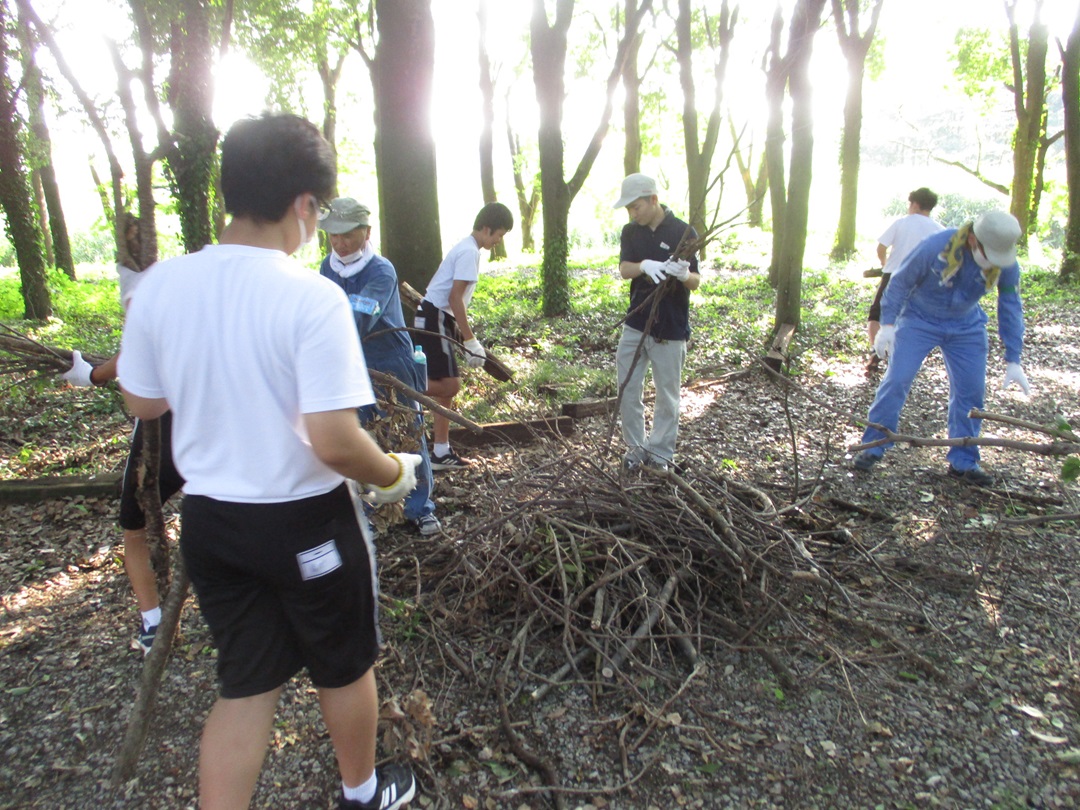
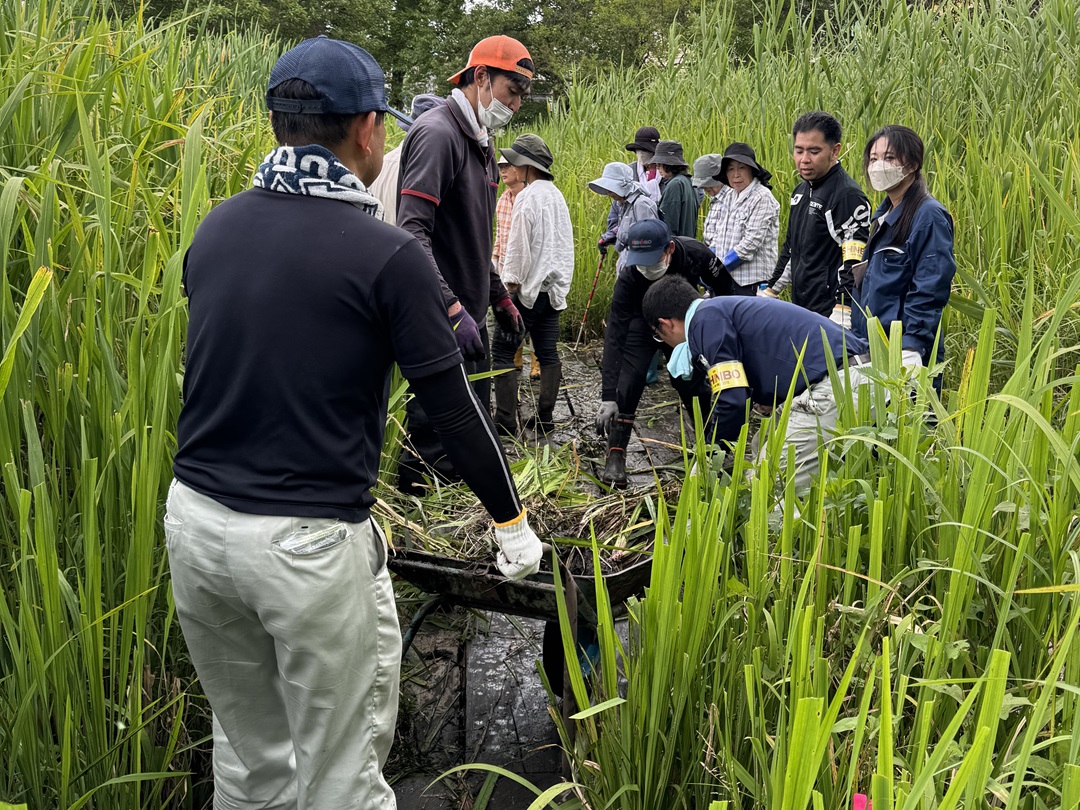
Biodiversity Conservation Activities in Kuncheng Lake (Changshu City, China)
In 2024, Nisshinbo Saeron (Changshu) Automotive Co., Ltd. in China conducted its first biodiversity conservation activity at Kuncheng Lake. The activity involved confirming the habitat environment around the bird sanctuary and picking up trash from the ground, among other initiatives.
During the activity, eight participants observed the vegetation and water quality around the bird sanctuary and contributed to beautifying the environment by picking up trash. They also surveyed the bird population to help protect rare species.
Through this activity, company employees increased their awareness of environmental protection and deepened their understanding of the importance of biodiversity. The company will continue to actively sponsor such activities and work with the local community to improve the ecological environment.
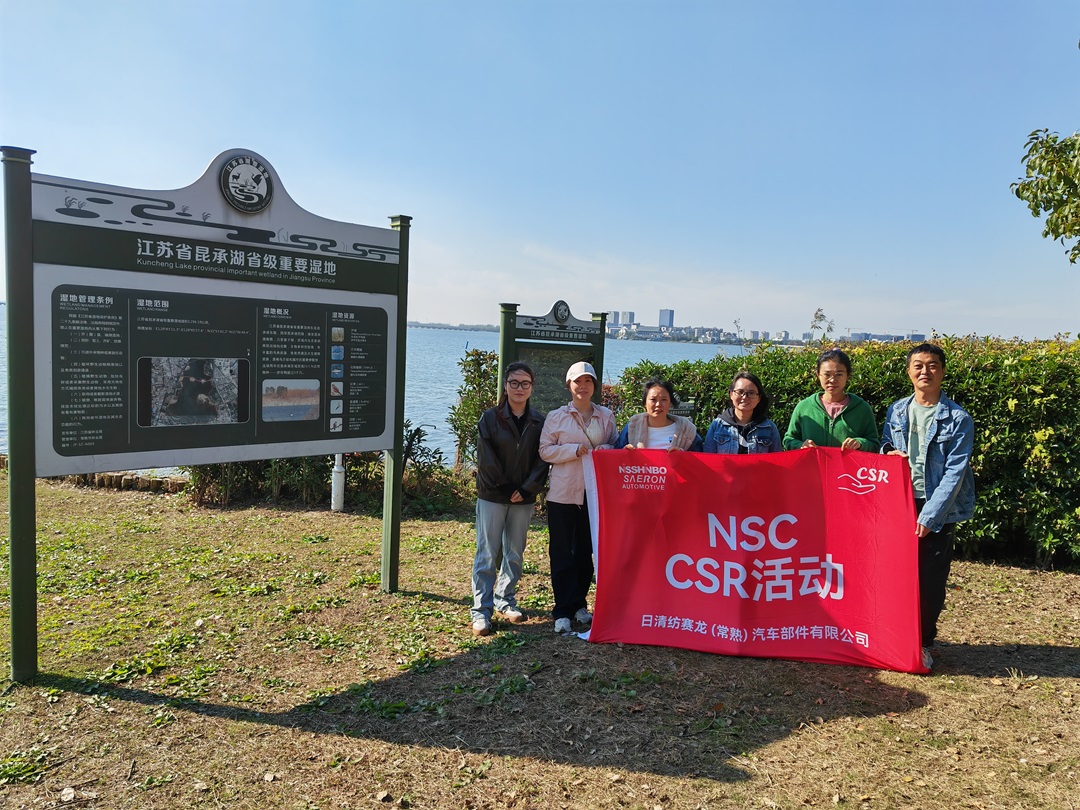
Masuda Park Biotope Activities
The Miai Machinery Plant of Nisshinbo Mechatronics Inc. has been conducting biotope activities as part of its biodiversity conservation efforts since March 2017.
This activity aims to preserve and create habitats for dragonflies in Masuda Park on campus and to protect rare animals and plants (Hime-taikouchi and Nihon-kawa-mozuku).
By implementing such measures as selecting American crayfish, which are natural enemies of the dragonfly larvae, and removing invasive water lilies that are causing water quality deterioration in ponds, the company will help to conserve the five dragonfly species currently confirmed as of 2024. In addition, to protect the Hime-taikouchi (a member of the Taikouchi family) and the Nihon-kawamozuku (a member of the Kawamozuku family), the company ensures their habitats by implementing such wetland maintenance measures as grass cutting at different times.
Biotope activities are conducted at least twice a year by employees and their families. In FY2024, a total of 42 people participated.

Continue Breeding Endangered Species
The Tokushima Plant of Nisshinbo Chemical Inc. participates on the Tokushima Prefecture Kawabatamoro Breeding and Release Liaison Committee and is working to breed the Kawabatamoro, an endangered species.
In August 2004, the freshwater fish kawabatamoro, which had been thought to be extinct in Tokushima Prefecture, was rediscovered. Kawabatamoro inhabits agricultural waterways and reservoirs in Honshu west of Shizuoka Prefecture, Shikoku, and Kyushu, and in Shikoku, it is found only in Tokushima and Kagawa prefectures.
The company received 86 kawabatamoro fish from the Tokushima Plant of Nisshinbo Textile Inc., with which it has an agreement with Tokushima Prefecture, in 2020 and began counting the number of fry born. Since then, the kawabatamoro has been breeding steadily, but there have been difficulties, such as a lack of oxygen in the aquarium and typhoons and heavy rains, which have caused a sharp decline in the number of fry born.
In FY2024, the company drained the aquarium water in April for a thorough cleaning and changed the frequency of artificial plant replacement from once a year to twice a year to increase reproduction rates. As a result, the number of juvenile fish born in FY2024 increased by 46% compared to the previous year, with 422 juvenile fish confirmed, bringing the current total to 2,050. The company will continue its breeding efforts to contribute to species conservation.
River Cleanup Activity on The Setogawa River (Fujieda City, Shizuoka Prefecture)
The Fujieda Plant of Nisshinbo Textile Inc. has been participating in annual cleanup and beautification activities along the Seto River in response to a call from the Fujieda City Environmental Conservation Council*(Fujikankyo). In FY2024, the 20th event was held in October, with 62 members of Fujikankyo participating. Three employees from the company participated in the cleanup, working along the riverbank of the Seto River, a natural area beloved by local residents.
The Setogawa River, which flows through Fujieda City, has its upper reaches in the mountainous areas where artificial forests of cedar and cypress trees are located, along with the remaining natural forests of oak and chestnut trees for preserving a rich natural environment. The river basin is the easternmost habitat of the Japanese white-eye, Japanese bush warbler, and Japanese bush cricket. This river is rich in nature with 55 species of fish, including akaza, known locally as Takizawa bamba and akamba, nine species of such crustaceans as shrimp and crab, approximately 120 species of birds, 14 species of amphibians, and 13 species of reptiles.
The company will continue to work to keep the area clean and beautiful in order to protect this precious natural environment.
* Fujieda City Environmental Conservation Council: A council led by Fujieda City in cooperation with 19 companies and one organization within the city that engages in social contribution activities related to the environment.
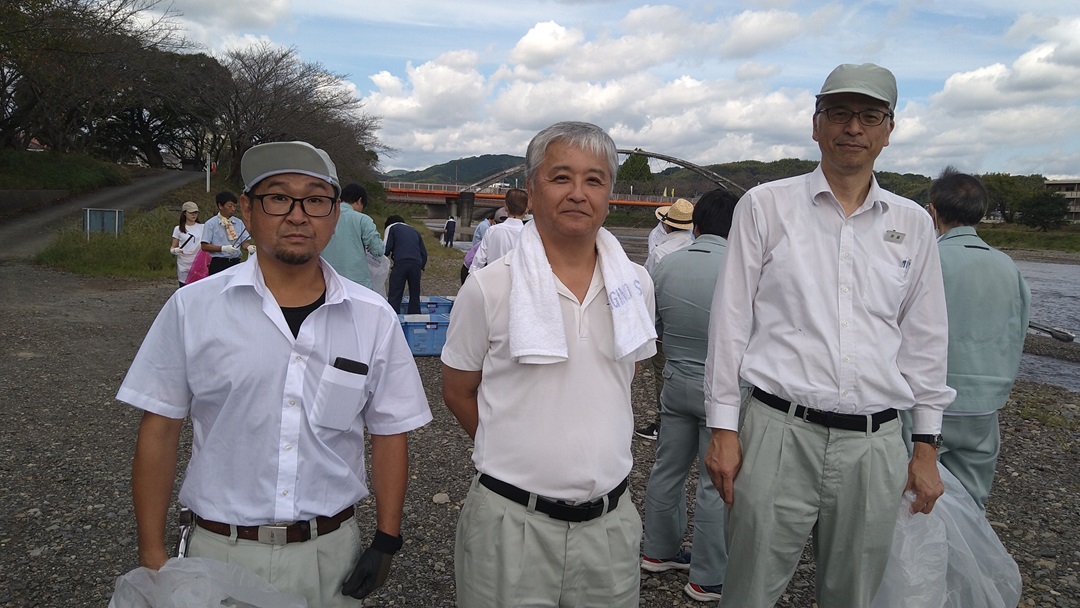
Conservation Activities for Endangered Species (Brazilwood and Paraná pine)
At the Itapecininga factory of Nisshinbo Do Brasil Industria Textil LTDA., the company is engaged in conservation activities for a total of 27 Brazilwood and Paraná pines (both endangered species EN) that grow on the premises. With the support of an environmental services company, they conduct environmental education activities for the employees, along with habitat conservation, tree health checks, and pest control.
The name "Brazil" comes from the Pau-Brasil tree, which was abundant in the region when it was discovered by the Portuguese in 1500. The red pigment extracted from this tree was used as a dye for fabrics and other materials. However, at that time in Europe, red was considered a noble color and was highly prized, so this tree was cut down in large quantities. In addition, because of its hard wood, it was often used to make musical instruments, and is particularly highly valued as a material for violin and cello bows.
The history of the Paraná pine tree dates back to the Mesozoic era, when dinosaurs roamed the earth. In Brazil, it grows wild in large numbers in the southern state of Paraná. Its hard, dense wood is used for construction and shipbuilding, and its pine nuts have been an important food source for indigenous peoples since ancient times. However, because of large-scale logging, agricultural development, and urbanization, the number of trees growing in their natural habitat has declined significantly.
By conserving these valuable endangered species within the factory grounds, the company will play a part in preserving biodiversity.
